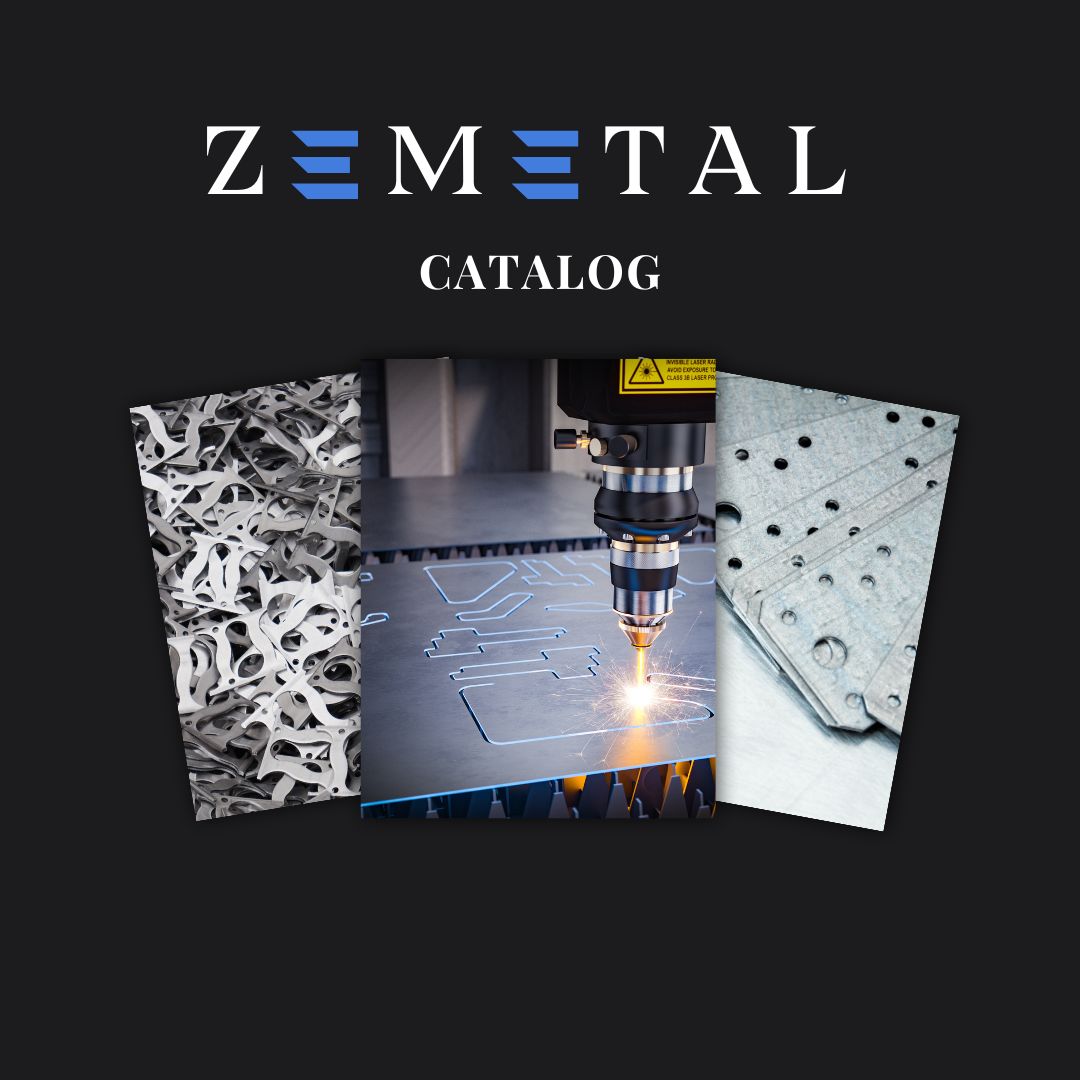How does sandblasting work? It’s a process that uses high-pressure air to blast abrasive materials onto a surface to clean, smooth, or prepare it for further treatment.
As an Automotive Technician, I often get asked about how sandblasting can remove rust, paint, or other coatings from metal surfaces.
Don’t worry, the process is simple and highly effective for restoring or prepping surfaces.
In this guide, you will learn how sandblasting works, the materials involved, and why it’s commonly used in various industries. By the end, you’ll understand how this technique can improve your metal projects.
Let’s get started!
1. Defining Sandblasting
Sandblasting, a prevalent technique in industries like metal fabrication, involves using high-speed abrasive materials (like sand, glass beads, or steel grit) propelled by compressed air or water to treat surfaces. Its primary use is to remove contaminants, rust, or old paint, resulting in a uniformly textured surface.
This process is not just for cleaning. At Zemetal, it is also used for etching designs or creating specific textures on metal, offering results hard to achieve with manual or chemical methods. Additionally, the sandblasting media market is on the rise. According to EMR, it’s projected to grow at a CAGR of 5% from 2024 to 2032, indicating its increasing importance and widespread application across various sectors.
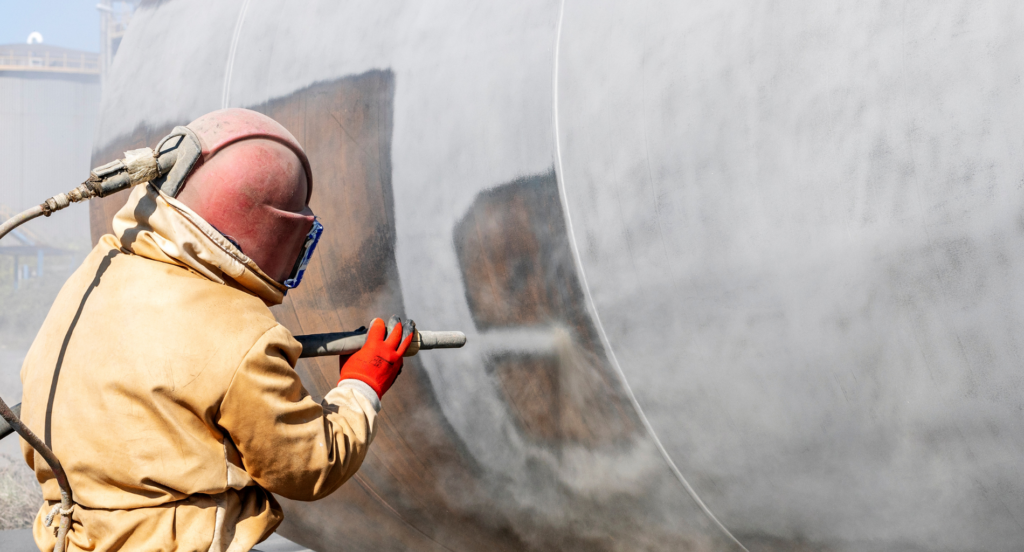
2. The Mechanics of Sandblasting
After defining sandblasting and understanding its significance in the previous section, it’s crucial to delve into its mechanics. Here are four key aspects that constitute the mechanics of sandblasting:
The Sandblasting Equipment
The fundamental component of sandblasting is the equipment, which typically consists of an air compressor, a blaster nozzle, and a blast chamber. The air compressor generates the necessary power to propel abrasive particles at high speeds, while the blaster nozzle directs the flow. The blast chamber or cabinet contains the process, preventing the escape of abrasive materials into the environment.
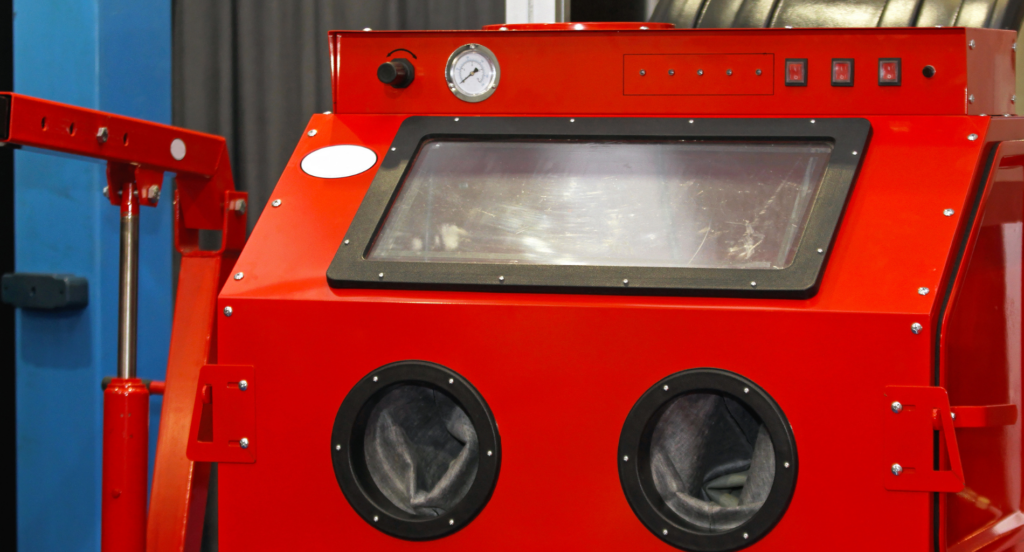
Abrasive Materials Used
A variety of abrasive materials are utilized in sandblasting, each selected based on the desired outcome. For instance, common abrasives include sand, glass beads, steel grit, and walnut shells. Each material has unique properties, like hardness and size, which determine the intensity and type of surface treatment they provide.
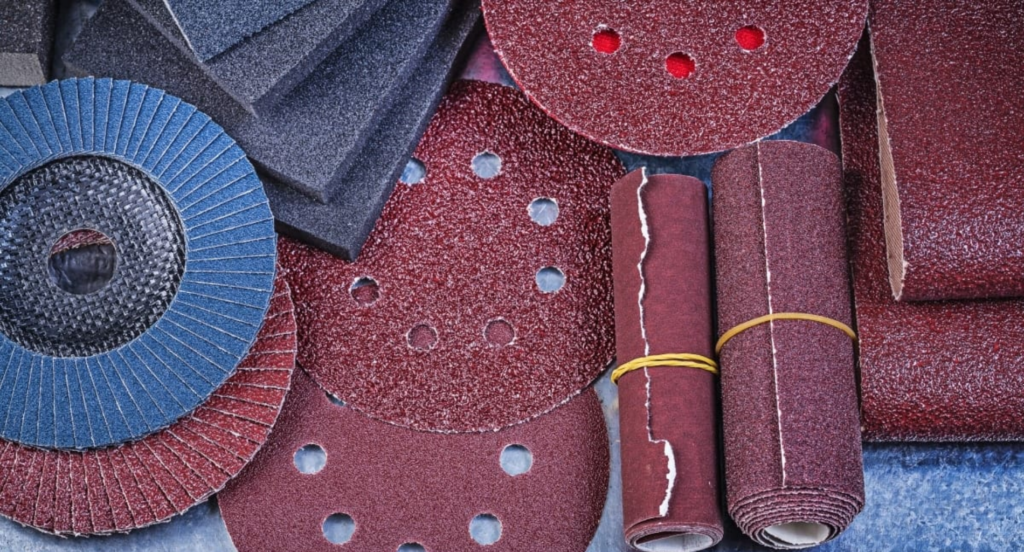
The Pressure System
The pressure system is the driving force in sandblasting. It controls the speed and intensity at which abrasive materials are propelled against the surface. The effectiveness of sandblasting greatly depends on the correct calibration of pressure, which varies according to the type of surface and the desired finish.
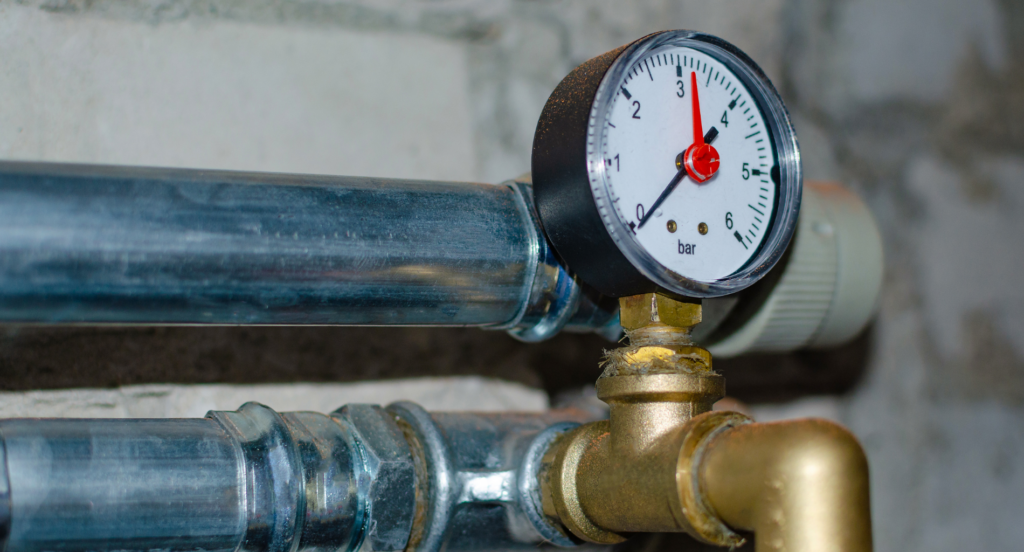
3. The Sandblasting Process Explained
Having explored the mechanics of sandblasting, it’s now important to understand how this technique is practically applied. Here are the 4 fundamental steps that outline the sandblasting process:
Step#1 Preparation of the Work Area and Surface
The first step in the sandblasting process is the meticulous preparation of the work area and the surface to be treated. This includes securing the object or area to be sandblasted, covering or masking off areas that do not require blasting, and ensuring that the surrounding environment is protected from the abrasive materials used in the process.
Step#2 Selection and Loading of Abrasive Material
The second step involves selecting the appropriate abrasive material for the job. At Zemetal, choices range from fine sand to coarse steel grit, depending on the surface material and the desired effect. Once chosen, the abrasive is loaded into the sandblasting machine, ready for use.
Step#3 The Sandblasting Operation
In this critical stage, the operator, wearing appropriate safety gear, begins the sandblasting operation. The machine propels the abrasive material at high speed towards the surface, effectively cleaning, etching, or otherwise altering its appearance. The operator carefully controls the pressure and angle of the blasting for uniform coverage and to avoid damaging the surface.
Step#4 Cleaning and Inspection
After the sandblasting is completed, the final step is to clean the surface of any remaining abrasive particles. This is followed by a thorough inspection to ensure the quality of the work and that the desired outcome has been achieved. Any necessary touch-ups or re-blasting is done at this stage to perfect the finish.
4. Sandblasting Techniques and Applications
After understanding the step-by-step process of sandblasting, it’s insightful to explore the various techniques and applications of this method. Here are three key areas where sandblasting techniques find diverse and impactful applications:
Sandblasting Techniques
- Dry Sandblasting Technique: According to Smart Blast, this method is highly effective for removing rust, paint, and other coatings from metal surfaces, preparing them for painting or other treatments. Dry sandblasting is preferred for its speed and efficiency, but it requires strict safety measures due to the dust it generates.
- Wet Sandblasting Technique: The addition of water significantly reduces dust production, making it an environmentally friendly option. This technique is especially useful in situations where dust creation must be minimized. Wet sandblasting is also known for providing a finer, smoother finish compared to dry sandblasting.
Sandblasting Applications
- Metal Fabrication and Manufacturing: In the metal fabrication industry, sandblasting is crucial for preparing metal components before welding or painting. It effectively removes scale, rust, and old coatings, ensuring a clean, smooth surface for subsequent processes.
- Automotive Metal Restoration: Within the automotive sector, sandblasting is particularly valuable for restoring metal parts of vehicles. It’s used to strip away rust and old paint from car frames, engines, and other metal components, preparing them for repainting or other finishing treatments.
- Metal Artwork and Sculpture: Sandblasting is also used in the artistic field, especially for creating and finishing metal sculptures and artworks. Artists utilize this technique to achieve specific textures, patterns, or to prepare the metal surface for additional artistic treatments, adding depth and character to their creations.
5. Innovations and Future Trends in Sandblasting
Following our exploration of various sandblasting techniques and their applications, it’s important to look forward at the innovations and emerging trend. Here are three key developments in the world of sandblasting:
Automation and Robotics in Sandblasting
The integration of automation and robotics in sandblasting is a significant innovation, enhancing precision and efficiency while reducing human exposure to hazardous conditions. For instance, automated systems are being developed to control sandblasting operations with high accuracy, leading to consistent results even in complex or large-scale projects. This advancement increases productivity and reduces operational costs.
Eco-Friendly and Sustainable Practices
There’s a growing trend towards more environmentally friendly sandblasting methods. Innovations include the use of biodegradable and recycled abrasives, as well as advancements in dust collection and containment technologies. These developments are aimed at minimizing the environmental impact of sandblasting, particularly in terms of air quality and waste management, aligning the process with sustainability goals.
Advanced Abrasive Materials and Techniques
Research and development are focusing on creating more effective, less abrasive materials that can achieve the desired results without causing excessive wear on equipment or surfaces. Additionally, new techniques that can selectively target specific areas or layers on a surface are being explored, allowing for more nuanced and detailed work.
This table presents the advancements in abrasive materials and techniques:
| Advancement | Description | Benefit to Surface Treatment |
| Less Abrasive Materials | New materials causing minimal wear on equipment and surfaces | Reduces maintenance and prolongs life |
| Targeted Abrasion Techniques | Techniques focusing on specific areas or layers | Enhances precision and detail |
| Environmentally Friendly Abrasives | Materials that are less harmful to the environment | Reduces ecological impact |
| Durable Coating for Abrasives | Coatings that extend the life of abrasive materials | Increases efficiency and cost-effectiveness |
| Automated Abrasive Systems | Advanced systems for automated and controlled abrasive processes | Improves consistency and reduces labor |
Conclusion
Sandblasting can feel overwhelming when you’re trying to achieve the perfect finish on your metal projects. Without the right equipment or expertise, the process can lead to inconsistent results. At Zemetal, we specialize in delivering precise and reliable sandblasting services to meet your specific needs.
In conclusion, this guide has broken down how sandblasting works and its importance in metal fabrication. By understanding the process, you can make better decisions for your projects. If you need expert assistance with sandblasting, contact Zemetal today!
Dive Deeper Into Our Resources
Looking for more diverse service options? Browse through our handpicked selections:
Still haven’t found what you’re looking for? Don’t hesitate to contact us. We’re available around the clock to assist you.








